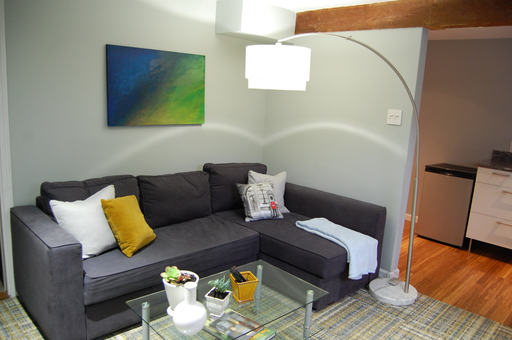Acknowledgements
We thank Pingping Song, Melis Öcal, and Alexander Timans for their insightful discussions. We are also grateful to David Forsyth for his suggestion to emphasize that light in scenes cannot simply appear, along with other valuable comments on our manuscript. Additionally, we thank Xiao Zhang for providing the code and model for Latent Intrinsic. Finally, we thank all our participants for their time in finishing our user study. This project is financially supported by Bosch (Bosch Center for Artificial Intelligence), the University of Amsterdam and the allowance of Top consortia for Knowledge and Innovation (TKIs) from the Netherlands Ministry of Economic Affairs and Climate Policy.





